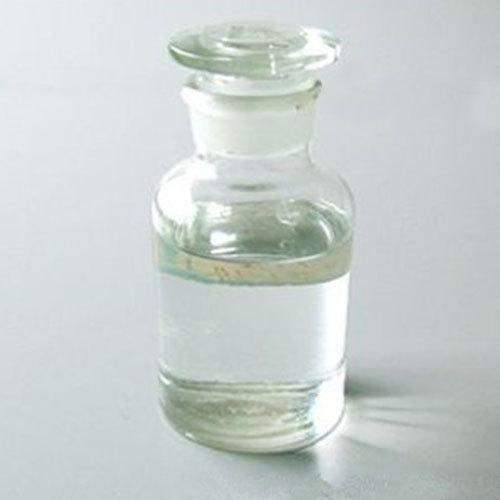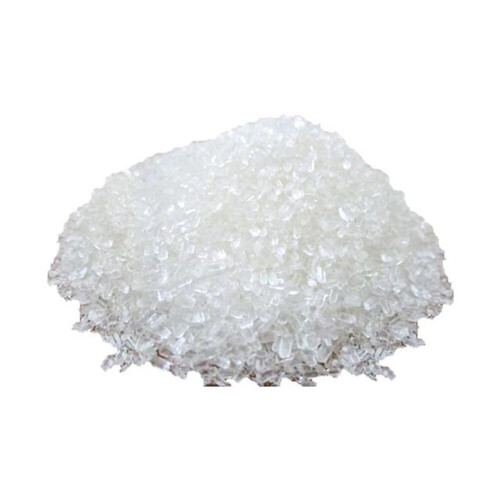Welcome to Our Company
Hydrobromic Acid 48%
180 INR/Kilograms
Product Details:
- Application Industrial
- Molecular Formula HBr
- Solubility Water Soluble
- Storage Room Temperature
- Grade Technical Grade
- Physical Form Liquid
- Molecular Weight 80.91 Grams (g)
- Click to View more
X
Hydrobromic Acid 48% Price And Quantity
- 1 Kilograms
- 180 INR/Kilograms
Hydrobromic Acid 48% Product Specifications
- 99%
- less than 1
- Industrial
- HBr
- Water Soluble
- Room Temperature
- Technical Grade
- 80.91 Grams (g)
- Liquid
Product Description
Hydrobromic acid 48% is a powerful acid made of hydrogen and bromine. It is a solution with a concentration of HBr of 48% by weight. This substance is available in varied concentrations. In this instance, 48 grammes of HBr are present in every 100 grams of the solution. It is an extremely reactive and corrosive acid. Chemical synthesis, laboratory settings, and a number of industrial uses are where it is mostly utilised. Hydrobromic acid 48% is also utilized as a reagent or catalyst when constructing pharmaceuticals, dyes, and other organic compounds. In industrial procedures, this substance is occasionally used to clean or etch metals and other materials.
Hydrobromic Acid Properties:
Hydrobromic acid (HBr) is a strong acid composed of hydrogen and bromine. Here are some of its key properties:
1. Chemical Formula: HBr
2. Molecular Weight: Approximately 80.91 g/mol
3. Physical State: At room temperature, hydrobromic acid is a colorless to yellowish liquid. However, it is commonly used and stored in solution form.
4. Odor: It has a pungent and irritating odor.
5. Solubility: Hydrobromic acid is highly soluble in water, forming a clear solution. The solubility increases with decreasing temperature.
6. Concentration: Hydrobromic acid is commercially available in various concentrations, typically ranging from 33% to 48% in water. The concentration affects its properties and reactivity.
7. Acidity: HBr is a strong acid, meaning it readily donates a proton (H+) in aqueous solution, leading to a low pH (usually less than 1).
8. Corrosive: Hydrobromic acid is highly corrosive to many materials, including metals, and can cause severe burns to the skin and eyes.
9. Reactivity: It reacts with many substances, including metals, metal oxides, and bases, to form bromides and water.
10. Hazardous Properties: As with any strong acid, hydrobromic acid must be handled with care due to its corrosive and hazardous nature. Proper safety precautions should be followed when working with it.
Hydrobromic acid finds applications in various industries, including chemical synthesis, pharmaceuticals, and as a catalyst in some reactions. When handling this acid, it is essential to use appropriate safety equipment and follow recommended protocols to avoid accidents and ensure safe handling.
FAQ:
Q: What is hydrobromic acid?
A: Hydrobromic acid (HBr) is a strong acid composed of hydrogen and bromine. It is highly corrosive and can be found in a colorless to yellowish liquid form or as a solution in water.
Q: How is hydrobromic acid produced?
A: Hydrobromic acid is typically produced by dissolving elemental bromine (Br2) in water, resulting in the formation of HBr.
Q: What is the pH of hydrobromic acid?
A: Hydrobromic acid is a strong acid, so its pH is usually very low, typically less than 1.
Q: What is the concentration of hydrobromic acid?
A: Hydrobromic acid is commercially available in various concentrations, ranging from 33% to 48% in water.
Q: What are the main uses of hydrobromic acid?
A: Hydrobromic acid is used in chemical synthesis, especially in the production of pharmaceuticals and other organic compounds. It also acts as a catalyst in certain reactions.
Q: Is hydrobromic acid dangerous?
A: Yes, hydrobromic acid is highly corrosive and hazardous. It can cause severe burns to the skin and eyes upon contact and should be handled with extreme caution.
Q: How should hydrobromic acid be stored?
A: Hydrobromic acid should be stored in a tightly sealed container, away from heat, open flames, and direct sunlight. It should be kept in a well-ventilated area, and proper safety precautions must be followed.
Q: What should I do if I come into contact with hydrobromic acid?
A: If you come into contact with hydrobromic acid, immediately flush the affected area with copious amounts of water and seek medical attention promptly.
Q: Can hydrobromic acid react with other substances?
A: Yes, hydrobromic acid is highly reactive and can react with metals, metal oxides, and bases, forming bromides and water.
Q: Is hydrobromic acid used in laboratories?
A: Yes, hydrobromic acid is commonly used in laboratories for various chemical reactions and synthesis processes. However, due to its hazardous nature, it requires careful handling and safety precautions.
Tell us about your requirement

Price:
Quantity
Select Unit
- 50
- 100
- 200
- 250
- 500
- 1000+
Additional detail
Mobile number
Email









